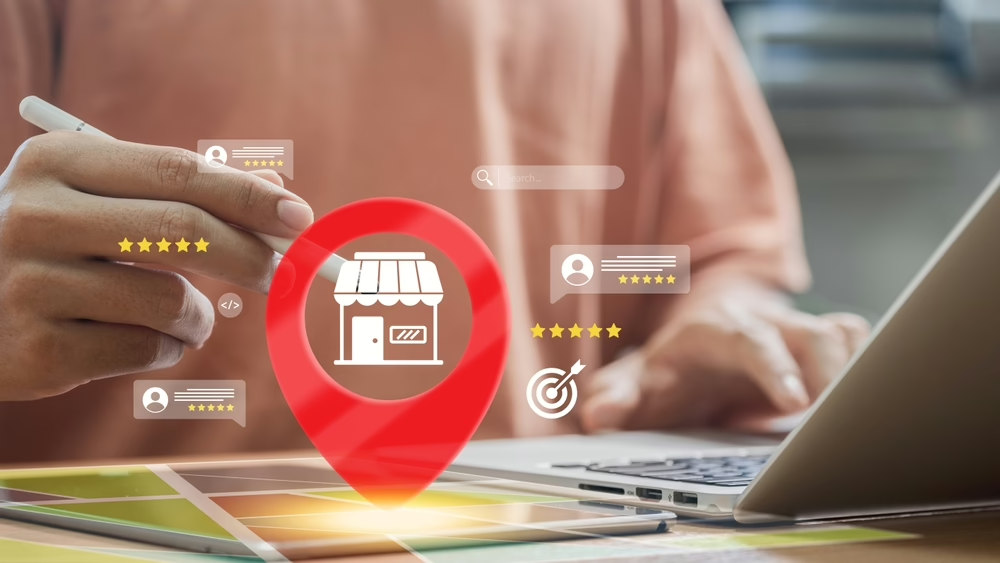
Healthcare Email Marketing 101: Avoiding Spam Box
One way to deliver engaging and targeted healthcare marketing campaigns is by email. But how do you keep your marketing emails from going straight into the spam folder? This guide will help you avoid the spam box by highlighting the following. You can’t talk about email marketing without briefly considering HIPAA and the CAN-SPAM Acts. Understanding these standards will help you create ethical email campaigns for your clients. Violating the CAN-SPAM Act is a serious offense with penalties up to $46,517 per email, so take compliance very seriously. The CAN-SPAM Act has the following requirements:
You can’t talk about email marketing without briefly considering HIPAA and the CAN-SPAM Acts. Understanding these standards will help you create ethical email campaigns for your clients. Violating the CAN-SPAM Act is a serious offense with penalties up to $46,517 per email, so take compliance very seriously. The CAN-SPAM Act has the following requirements: Compliance with HIPAA and CAN-SPAM is your launching pad for creating ethical emails. Steering clear of the spam folder ensures that your marketing emails reach your target audience. Doing so gives you a better chance of being read. Consider these strategies to avoid the dreaded spam folder for good.
Compliance with HIPAA and CAN-SPAM is your launching pad for creating ethical emails. Steering clear of the spam folder ensures that your marketing emails reach your target audience. Doing so gives you a better chance of being read. Consider these strategies to avoid the dreaded spam folder for good.
- The HIPAA and CAN-SPAM Acts
- Six practical ways to avoid the spam folder
- Email marketing dos
- Email marketing don’ts
HIPAA and CAN-SPAM Acts
 You can’t talk about email marketing without briefly considering HIPAA and the CAN-SPAM Acts. Understanding these standards will help you create ethical email campaigns for your clients.
You can’t talk about email marketing without briefly considering HIPAA and the CAN-SPAM Acts. Understanding these standards will help you create ethical email campaigns for your clients.1. HIPAA In a Nutshell
The Health Insurance Portability and Accountability Act, or HIPAA, protects patient data. It requires all organizations and businesses handling protected health information (PHI) to have a secure website. All the needed physical, network, and processes to secure a site must be HIPAA compliant. That includes all email communication between businesses or organizations and patients. Many email service providers offer encryption, but not all services are HIPAA compliant. HIPAA-compliant emails must have:- End-to-end encryption
- Use a well-configured email service
- Create secure email policies and provide staff training
- Always obtain consent before sending emails
2. CAN-SPAM Act Defined
The Controlling the Assault of Non-Solicited Pornography and Marketing Act or CAN-SPAM Act aims to regulate unsolicited spam emails. The CAN-SPAM Act also covers businesses and organizations in the healthcare industry. It regulates these businesses’ marketing communication to patients, including email communication.Schedule Your Free Consultation
Looking To Meet Now? Schedule A Meeting Today
- Use sincere header information
- Use accurate subject lines
- Disclose that your message is an ad
- Inform your recipients of your location
- Give your recipients a way to opt out of future emails.
How To Avoid the Spam Folder?
 Compliance with HIPAA and CAN-SPAM is your launching pad for creating ethical emails. Steering clear of the spam folder ensures that your marketing emails reach your target audience. Doing so gives you a better chance of being read. Consider these strategies to avoid the dreaded spam folder for good.
Compliance with HIPAA and CAN-SPAM is your launching pad for creating ethical emails. Steering clear of the spam folder ensures that your marketing emails reach your target audience. Doing so gives you a better chance of being read. Consider these strategies to avoid the dreaded spam folder for good.1. Update Your SPF Record
Sender Policy Framework (SPF) restricts who can utilize an organization’s domain as the source of an email message. This rule blocks all spammers and attackers from sending emails that seem to come from a legit source. A web developer can help you implement an SPF record on your domain. You may send emails without setting SPF. However, this protocol adds a layer of trust to your internet service provider (ISP), ensuring that your emails will reach your clients’ and patients’ inboxes.2. Use a DKIM Signature
DomainKeys Identified Mail (DKIM) is a security protocol that detects whether email messages are altered while in transit from the sender to the recipient servers. DKIM validates emails using public and private cryptographic keys. Authentication via DKM uses public-key cryptography to sign email with your private key as it leaves your server. The recipient server will use a public key published in the DKIM domain to identify the source of the email and determine any change while in transit. The DKIM signature is considered genuine after it passes verification using a public key. Like your SPF record, you may ask the help of a web developer to create your DKIM signature.3. Ask To Be Added to Their Contact List
Email providers such as Gmail, Outlook Mail, and Yahoo! Mail recognize that all your contacts are safe and that any email that’s not from your contacts is considered spam. To avoid this, you must ask your subscribers if they could add your email to their contacts. You should ask this favor from your subscribers as early as your welcome email. You may also include a message in your welcome email stating that if your message is not in their inbox, they may look for it in their spam folders and, eventually, ask if they can add your email to their contacts list.4. Clean Your Mailing List
Before starting any email campaign, cleaning your mailing list of bounced email addresses would be best. You want to eliminate invalid, non-existent, and closed email addresses. Emails sent to these addresses will be undelivered and result in bounce rates. Email bounce rate is one of the critical factors recognized by ISPs to determine a sender’s authority and reputation. ISPs can ban your emails from recipients’ inboxes if you have a high bounce rate.5. Create Well-Formatted Emails
Ensure that your emails are well-formatted and follow essential strategies to avoid looking like spam. Here are some tips:- Avoid using large images and too many photos.
- Observe proper email file sizes to keep visual integrity and avoid poor email loading times.
- Avoid attaching files to your email. Instead, place a link to the file in your email.
- Don’t send messages in all caps, and avoid using exclamation points.
- Use standard font sizes and colors.
- Avoid trigger words such as “guarantee,” “free,” and “no obligation.”
- Break a lengthy email into small, easy-to-read paragraphs.
- Use bullet points to highlight important issues.
6. Consider Email Frequency
The last thing you want is for your recipient to unsubscribe to your mailing list because they receive too many emails. Sending a bi-weekly marketing email would be a good start. This way, you’re not overloading their inboxes, nor are you abandoning your clients. Take time to find out the best email marketing frequency for your healthcare business or practice.Email Marketing Dos

- Do follow HIPAA and CAN-SPAM Acts for ethical email marketing.
- Update your SPF record to improve ISP trust.
- Use a DKIM signature to avoid email tampering.
- Ask to be added to your client’s contact list.
- Remove invalid, closed, and non-existent emails from your list.
- Observe proper formatting and email content.
- Follow correct email frequency.
- Give your clients or patients a chance to opt-out of your email list.
Email Marketing Don’ts
- Avoid sending marketing emails too frequently.
- Don’t use large images and too many pictures on your email body.
- Don’t forget to include your physical address.
Summing Up
For a successful healthcare email marketing campaign, you want to avoid the spam folder. Ensure your email marketing adheres to HIPAA and CAN-SPAM Act requirements and follow these critical techniques to get the most out of your email marketing strategies. Meanwhile, considering the dos and don’ts gives you a better opportunity to improve your healthcare email open rates and reduce unsubscriptions. Do you want to learn how email can improve your healthcare marketing? Contact us today, and let’s get started.Want To Meet Our Expert Team?
Book a meeting directly here



